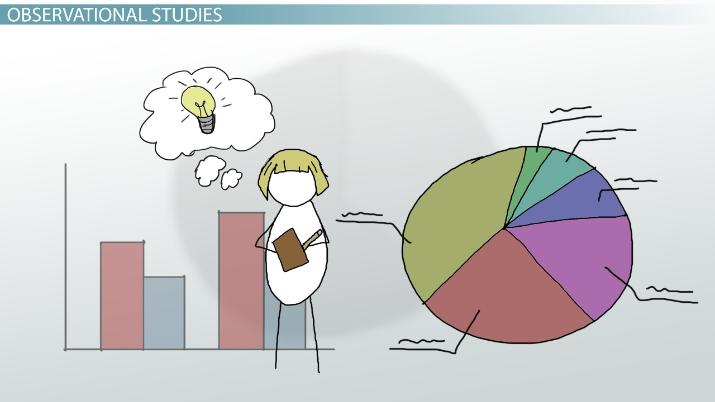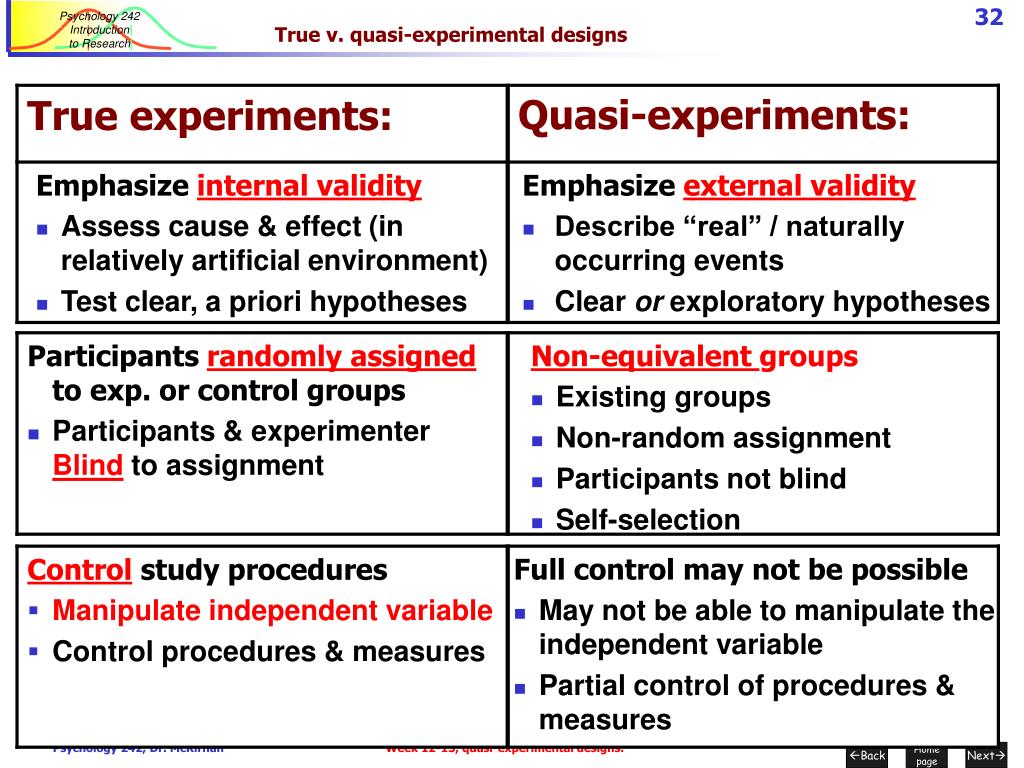Table Of Content

In this design, the experimental units are classified into subgroups of similar categories. The blocks are classified in such a way in the variability within each block should be less than the variability among the blocks. This block design is quite efficient as it reduces the variability and produces a better estimation. Regression analysis is used to model the relationship between two or more variables in order to determine the strength and direction of the relationship.
Gaining a Better Perspective With DOE
Emergence is one reason biologists often lack well-developed, robust theoretical frameworks to guide their experiments. This article will explore two of the common approaches to DOE as well as the benefits of using DOE and offer some best practices for a successful experiment. The prerequisite for this course is STAT Regression Methods and STAT Analysis of Variance.
Why Is DOE a Better Approach?

These measures may be invasive or non-invasive, and may be administered in a laboratory or clinical setting. Blinding involves keeping participants, researchers, or both unaware of which treatment group participants are in, in order to reduce the risk of bias in the results. Laboratory experiments are conducted under controlled conditions, which allows for greater precision and accuracy. However, because laboratory conditions are not always representative of real-world conditions, the results of these experiments may not be generalizable to the population at large. The important thing here is that when we start to evaluate the result, we will obtain very valuable information about the direction in which to move for improving the result. We will understand that we should reposition the experimental plan according to the dashed arrow.
DOE tests many factors at the same time.
Experimental design is a powerful tool for advancing scientific knowledge and informing evidence-based practice in various fields, including psychology, biology, medicine, engineering, and social sciences. Experimental design is a process of planning and conducting scientific experiments to investigate a hypothesis or research question. It involves carefully designing an experiment that can test the hypothesis, and controlling for other variables that may influence the results. One of the most important requirements of experimental research designs is the necessity of eliminating the effects of spurious, intervening, and antecedent variables. But there could be a third variable (Z) that influences (Y), and X might not be the true cause at all. The same is true for intervening variables (a variable in between the supposed cause (X) and the effect (Y)), and anteceding variables (a variable prior to the supposed cause (X) that is the true cause).
The purpose of experimental design is to control and manipulate one or more independent variables to determine their effect on a dependent variable. Experimental design allows researchers to systematically investigate causal relationships between variables, and to establish cause-and-effect relationships between the independent and dependent variables. Through experimental design, researchers can test hypotheses and make inferences about the population from which the sample was drawn. This experimental design method involves manipulating multiple independent variables simultaneously to investigate their combined effects on the dependent variable. The design of experiments (DOE) is a tool for simultaneously testing multiple factors in a process to observe the results.
A richer understanding of biological complexity.
In a between-subjects design, every participant experiences only one condition, and researchers assess group differences between participants in various conditions. How precisely you measure your dependent variable also affects the kinds of statistical analysis you can use on your data. To translate your research question into an experimental hypothesis, you need to define the main variables and make predictions about how they are related. During your experiment, you will have your experimental factors as well as other environmental factors around you that you aren’t interested in testing.
Six Sigma Black Belt Certification Design of Experiments Questions:
Experimental design also allows researchers to generalize their findings to the larger population from which the sample was drawn. By randomly selecting participants and using statistical techniques to analyze the data, researchers can make inferences about the larger population with a high degree of confidence. In this design, the researcher manipulates one or more variables at different levels and uses a randomized block design to control for other variables.
Building a Culture of Experimentation - HBR.org Daily
Building a Culture of Experimentation.
Posted: Thu, 20 Feb 2020 20:28:23 GMT [source]
DOE is about creating an entity of experiments that work together to map an interesting experimental region. So with DOE we can prepare a set of experiments that are optimally placed to bring back as much information as possible about how the factors are influencing the responses. Using Design of Experiments (DOE) techniques, you can determine the individual and interactive effects of various factors that can influence the output results of your measurements. You can also use DOE to gain knowledge and estimate the best operating conditions of a system, process or product.
Design of Experiments for Project Managers
The variance of the estimate X1 of θ1 is σ2 if we use the first experiment. But if we use the second experiment, the variance of the estimate given above is σ2/8. Thus the second experiment gives us 8 times as much precision for the estimate of a single item, and estimates all items simultaneously, with the same precision. What the second experiment achieves with eight would require 64 weighings if the items are weighed separately. However, note that the estimates for the items obtained in the second experiment have errors that correlate with each other.
These methods are primarily based on the experimental design and the creation of metamodels of response surfaces (i.e., surrogate models that could be use replacements for true computational models). The independent variable of a study often has many levels or different groups. Thus, when everything else except for one intervention is held constant, researchers can certify with some certainty that this one element is what caused the observed change. This is sometimes solved using two different experimental groups. Experimental design provides a structured approach to designing and conducting experiments, ensuring that the results are reliable and valid.
I think we will have plenty of examples to look at and experience to draw from. Run the second experiment by varying time, to find the optimal value of time (between 4 and 24 hours). Change the value of the one factor, then measure the response, repeat the process with another factor.
The technique allows you to simultaneously control and manipulate multiple input factors to determine their effect on a desired output or response. By simultaneously testing multiple inputs, your DOE can identify significant interactions you might miss if you were only testing one factor at a time. The main effects of a DOE are the individual factors that have a statistically significant effect on your output. In the common two-level DOE, an effect is measured by subtracting the response value for running at the high level from the response value for running at the low level.
For valid conclusions, you also need to select a representative sample and control any extraneous variables that might influence your results. If if random assignment of participants to control and treatment groups is impossible, unethical, or highly difficult, consider an observational study instead. Design of Experiments is a framework that allows us to investigate the impact of multiple different factors—changed simultaneously—on an experimental process. Our school teachers advocated a one-factor-at-a-time (OFAT) approach to scientific experimentation. So, pick a variable (factor) and vary the value (levels), while keeping everything else constant.
Experimental design is the design of all information-gathering exercises where variation is present, whether under the full control of the experimenter or an observational study. The experimenter may be interested in the effect of some intervention or treatment on the subjects in the design. SEM is a statistical technique used to model complex relationships between variables. It can be used to test complex theories and models of causality. Factor analysis is used to identify underlying factors or dimensions in a set of variables. This can be used to reduce the complexity of the data and identify patterns in the data.

No comments:
Post a Comment